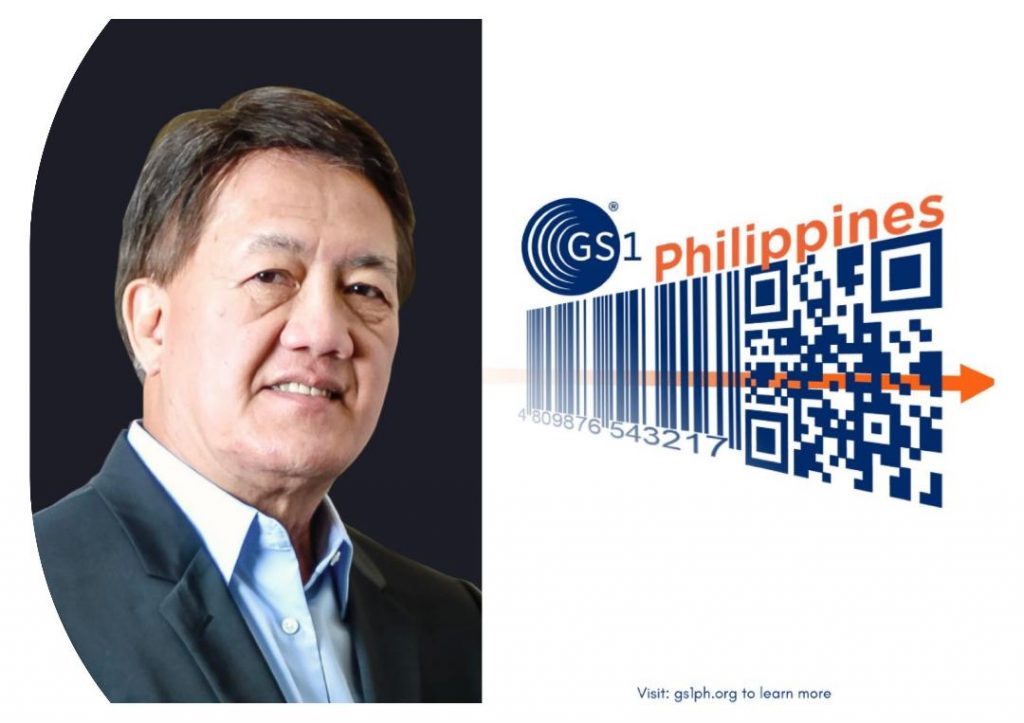
In a time when customers need immediate, clear information about what they’ve bought, the supply chain sector is going through a radical change. According to 77% of retail workers surveyed in Zebra Technologies’ 2023 Global Shopper Study, consumers today are more aware than ever before, indicating a well-educated and discriminating consumer base.
Businesses are redesigning their goods and supply chains to deliver more transparency, resilience, and sustainability in response to these changing consumer expectations. The survey also shows that 7% of businesses are using business analytics and intelligence now or in the future as part of their supply chain management plans.
Responding to these industry challenges, GS1 Philippines, the leading organization on local barcode standards, has announced the start of the adoption of the 2D barcode in the Philippines aimed to further enhance operational efficiency in the supply chain industry and bridge better product engagement between businesses and consumers in the advent of digital labeling.
The 2D barcode, most popularly known as “QR code,” leverages web technologies and the current barcode system to store extensive product information in just one scan. Through the QR codes, brand owners and retailers can easily interact with consumers and shoppers by providing in-depth information on their physical products. By scanning the QR code with a smartphone, buyers can instantly see ingredients, allergens, recipes, rewards, and promotions, as well as brand-authorized details about where the item was manufactured, facts about sustainable sourcing, guidance on recycling, easy ways to re-order and other kinds of information.
The QR code also allows retailers and supermarkets to ensure product safety, guarantee product freshness, and reduce food waste. Additionally, it enables regulators to check a product’s sustainable characteristics.
Moreover, the migration to the 2D barcodes improves operational efficiency in the supply chain industries. In addition to holding GS1’s global trade item number found in the traditional 1D barcodes, the QR codes can now store essential information, such as a product’s batch or lot number, serial number, and expiry date. With access to crucial data, all stakeholders in the supply chain can boost transparency, improve inventory management, enable traceability and sustainability initiatives, and simplify recall and return processes.
“In the face of rapid technological advancements, it’s critical that we adapt to empower the supply chain industry further. The introduction of QR code technology serves as Pandora’s box, opening infinite possibilities for brands and retailers to make their operations more efficient and improve customer engagement. GS1 Philippines members pave the way in this groundbreaking transition to more efficient and robust supply chain operations,” GS1 Philippines President Roberto “Bobby” Claudio said.
The announcement aligns with the global commemoration of GS1 Global’s 50th anniversary of the barcode’s invention, celebrating a legacy of innovation in business solutions through web technologies and GS1 Standards.
By 2027, GS1 Philippines hopes to have industry ready for the switch to 2D barcodes. By then, 2D barcodes enabled by GS1 can be read and processed by every retail point-of-sale scanner in the world, and widespread global brand owner implementation has taken place.
By the end of 2024, GS1 Philippines, which currently serves over 5,000 shops, hopes to have reached 30,000 establishments across the country.
Visit https://www.gs1ph.org/ or their Facebook page to discover the limitless possibilities of a single scan with GS1’s 2D barcode technology.

No Comments